Cinderella, Little Red Riding Hood, Jack and the Beanstalk and Rapunzel - all together at once in the same place, coexisting together, sharing in heartbreak, loss and triumph. And they’re all deep in the woods, with fallen slippers and giants in the sky.
The Ball State University School of Theatre and Dance is putting on “Into the Woods” Nov. 4-12 at the University Theatre. The production is directed by Bill Jenkins, Ball State theatre and dance professor and department chair, and Dee Dee Batteast, Ball State theatre and dance instructor.
Jenkins said there were a few different factors that sparked his interest in a production of “Into the Woods.” The show allows for a lot of roles and provides creative choices for design technology students.
But one factor that stood out to him was remembering and paying respect to the recent passing of the show’s writer, Stephen Sondheim.
“There was a push … by a lot of people to do works of his because I think it’s important for students to see the importance of him and the history of musical theater,” Jenkins said.
Third-year directing major and student assistant director Payten Romig said an important piece of the story of “Into the Woods” is the aspects of loss, grief and remembrance.
“It’s passing down this story he’s told, and it’s so incredibly iconic, and now, we have the privilege to share our rendition of it,” Romig said.
For Batteast, the best way to honor someone of great importance and genius like Sondheim is to continue honoring his works by making it applicable to modern times.
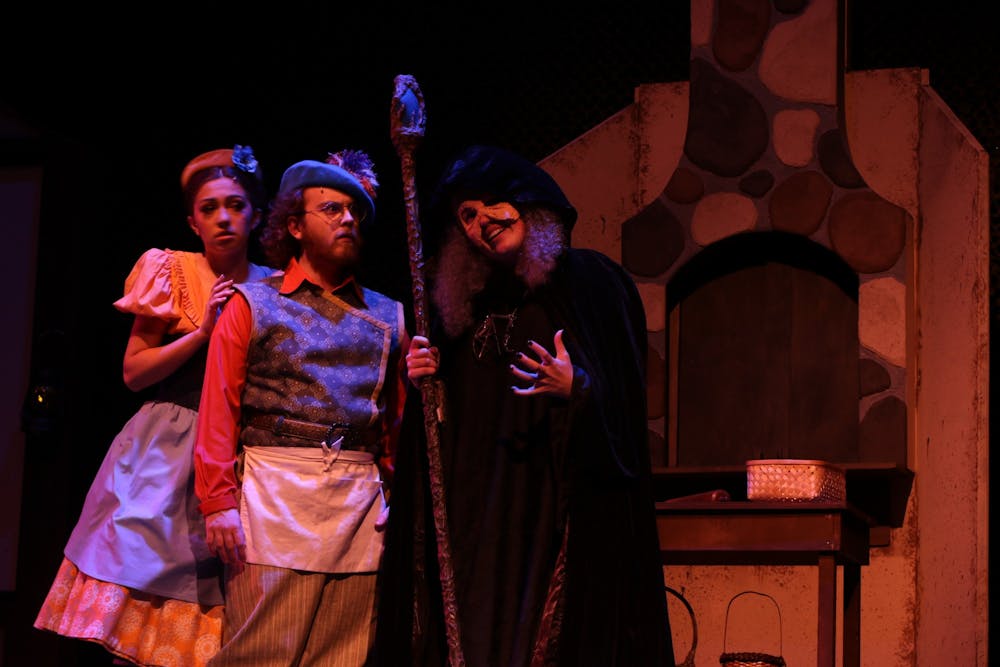
From left to right, Eliza Hallal, Kevin Keating, and Abigail Storm perform Into The Woods at University Theater. Olivia Ground, DN
The Ball State production of “Into the Woods” takes on a new approach by the creative team, drawing away from the look of the original broadway cast and making it more modern.
When the production first premiered in the 80s, productions following took to the thematic and aesthetic look of the 40s and 50s. It was to represent the “quaint, simpler American times,” Batteast said.
“For me, the 50s or the 40s … locks a lot of queer bodies, Black bodies, BIPOC (Black, Indiginous, People Of Color) bodies and larger bodies out,” Batteast shared, “so I want it to not be that. I don’t see the value of making a traditional ‘Into the Woods’ again.”
Batteast and the design teams created a visual that is fun, colorful and whimsical in the first act of the show, pulling patterns and styles reminiscent of the 70s and 80s, creating a more vibrant and colorful approach to nostalgia.
“I wanted it to be accessible to people my age and below. Have things we could recognize, things that sort of look like a twisted part of our youth,” Batteast said.
An important aesthetic piece of the show is the approach of the woods, Batteast said. Traditional approaches to this show have used a fairy-tale look along the lines of Hansel and Gretel, but Batteast played more off nostalgia, she said, wanting the woods to have a “childhood type of spooky” feel to them.
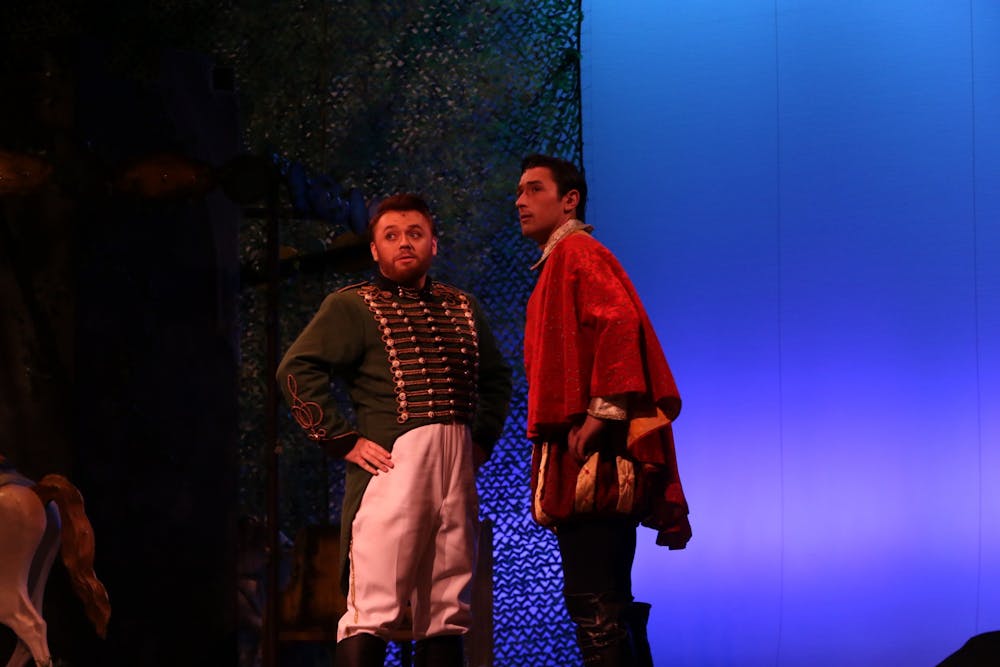
Jonathan Kalinen (left) and Brayden Schilling (right) perform in Into The Woods at University Theater, Nov. 3.Olivia Ground, DN
Jonathan Kalien is a fourth-year acting student who plays Cinderella's Prince in the production; this is also his fourth time being in a production of “Into the Woods.”
The creative approaches Batteast has offered to the production have allowed him to explore his character more than some of the other productions of the show he has been in, he said.
“Every time before, it was a pretty standard version of ‘Into the Woods.’ This one is eclectic, it’s exciting,” he said, “and with the take we’re doing, it invited all of the actors to have different takes on their characters than you would typically see in these characters.”
For Romig, the sheer amount of “spectacle” in this rendition of “Into The Woods” is her favorite part of it all.
“I feel like every single design aspect is so grand,” Romig said. “Our lighting is crazy. We have some incredible stuff going on with our set. Our costumes are super decked out and lavish, and it’s just a lot in a really great way.”
The first act of “Into the Woods” combines the plotlines of four fairy tales – Cinderella, Rapunzel, Little Red Riding Hood and Jack and the Beanstalk – into one intertwined setting. They all keep their familiar plotlines while also interacting together for a shared story. The first act is seemingly tied up with a happy ever after and audience members think the show is over, said fourth-year lighting director Victoria Sills.
She said the second act is distinctly different, confronting the questions, “What if they had consequences? What if these people had to deal with real-world hardships and losses?”
It takes on the aftermath of the fantastical choices of things like growing a giant bean stock and marrying a prince, dealing with loss, grief and the fears of growing up and being alone.
Students involved in the production said the familiarity of characters is what makes it a great show for students who are not normally interested in theater.
“It’s all the stories that we know and love and the childhood fairy tales that we grew up with … and so, kind of seeing them in a new way is really exciting,” Romig said.
Batteast said the story is not just accessible to students but is a show that all generations could love; “Into the Woods” is a story about the different standing points of your life and the hard choices you always have to make, she said.
“The music is beautiful, the people are beautiful, the costumes are beautiful, the set is beautiful, the lights are beautiful,” Batteast said. “And at the center of it, is a huge beating heart … You’ll walk out, and hopefully, it’ll make you want to hug your kids or call your mom.”
Want to see what the show looked like? Take a look at this gallery made by Olivia Ground and Grayson Joslin.
Contact Olivia Ground with comments at olivia.ground@bsu.edu.

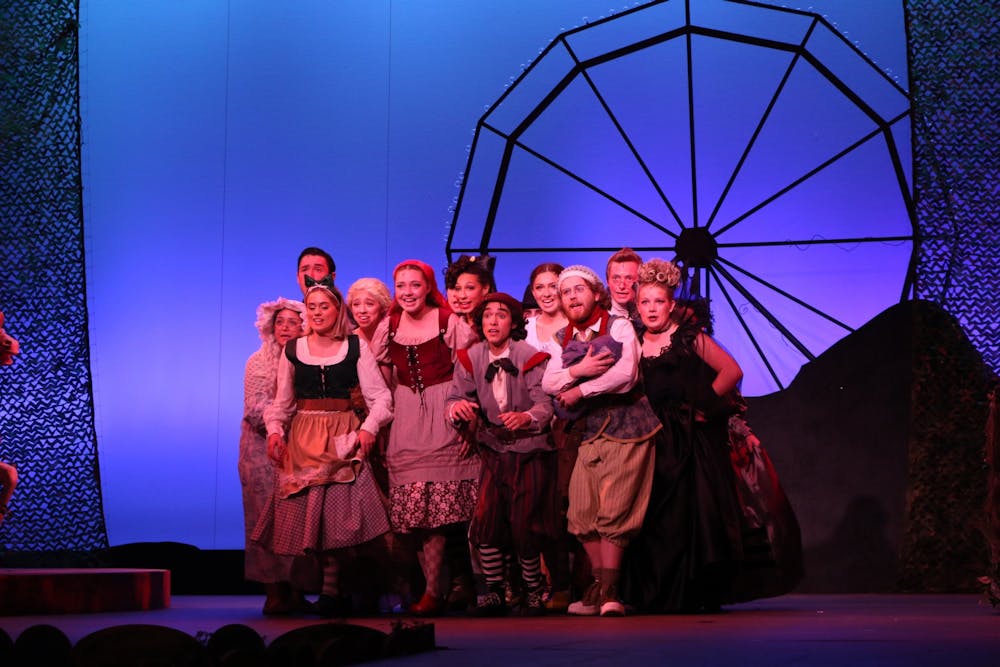
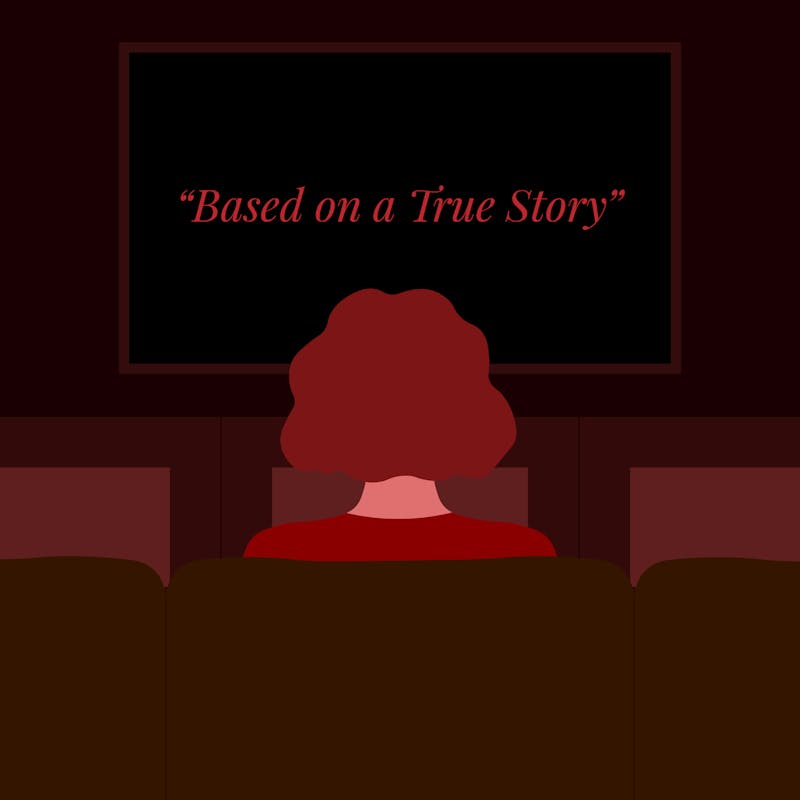
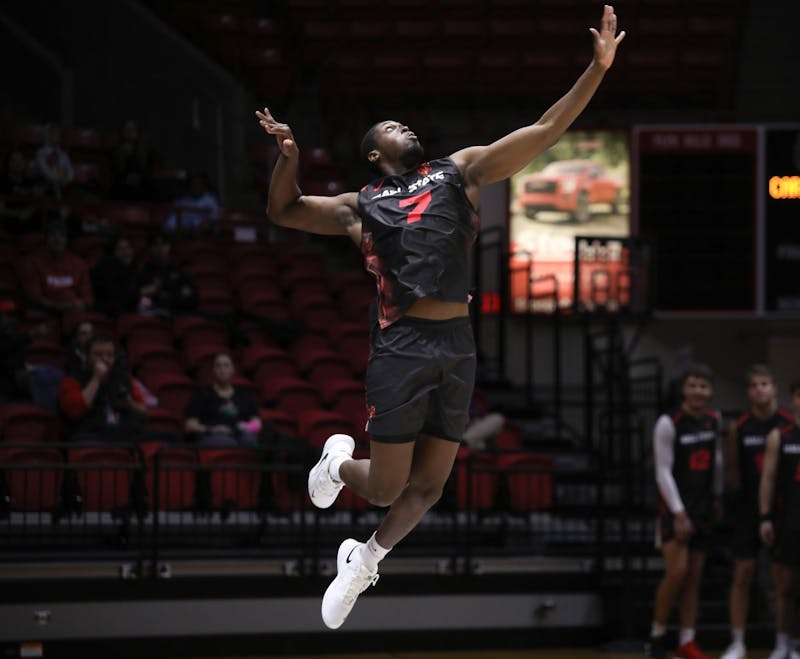
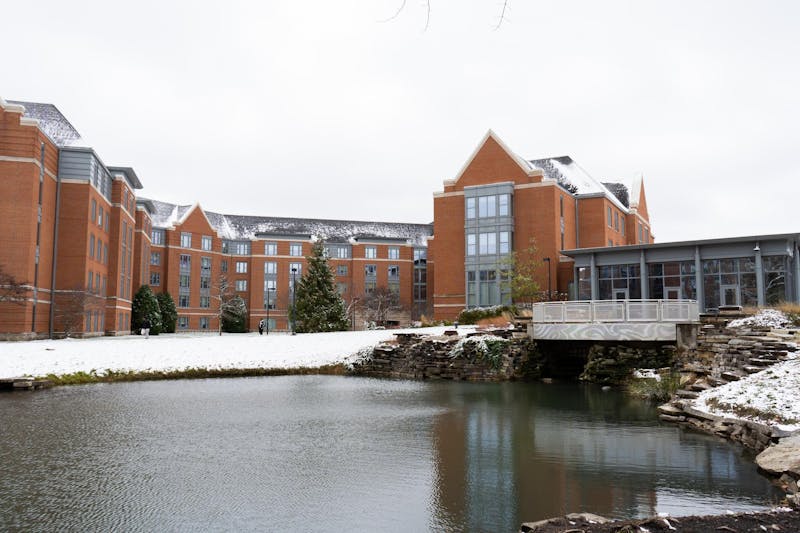
The Daily News welcomes thoughtful discussion on all of our stories, but please keep comments civil and on-topic. Read our full guidelines here.